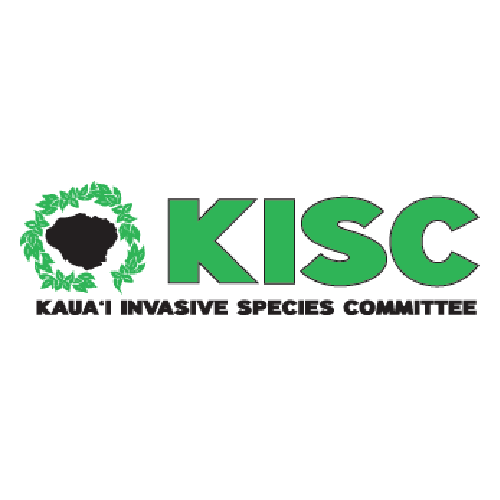Family: Moraceae
Ficus macrophylla, commonly known as the Moreton Bay fig, Australian banyan, or black fig, is a large evergreen tree native to eastern Australia. It is best known for its immense size and extensive buttress roots that can spread over large areas, providing structural support and an impressive visual presence. The tree can reach heights of 35 meters (115 feet) or more, with a broad, dense canopy that offers deep shade. Its glossy, leathery leaves and small, fig-like fruits provide food for birds, bats, and other wildlife. The Moreton Bay fig is often planted as an ornamental in parks and large gardens, admired for its grandeur and resilience in coastal or subtropical climates.
However, Ficus macrophylla has shown invasive tendencies in Hawaii, where its specific pollinator wasp is present. The species has naturalized on Midway, Molokai, West Maui, and Hawaii Island, establishing self-sustaining populations. It can germinate in tree canopies, particularly on native ʻōhiʻa (Metrosideros polymorpha), where seedlings grow as epiphytes before sending roots to the ground and eventually enveloping or killing the host tree. This behavior poses a serious threat to native forests, as the Moreton Bay fig may be contributing to the decline of ʻōhiʻa and altering forest structure. Although visually striking, this species should be considered a high-risk introduction and avoided in favor of non-invasive alternatives.
High Risk Traits:
- Thrives in tropical climates
- Naturalized on Molokai, Maui, Hawaii and Midway Island (Hawaiian Islands), New Zealand, and elsewhere
- An environmental weed in the Hawaiian Islands, establishing on and eventually strangling native forest trees
- Other Ficus species are invasive
- Host of other pests and pathogens
- May be a skin irritant
- Shade tolerant
- Tolerates many soil types
- Starts out as an epiphyte and strangles host trees
- Reproduces by seeds (specific pollinator present in the Hawaiian Islands)
- Probably self-fertile
- Seeds dispersed by birds and intentionally cultivated by people
- Able to coppice after cutting
Low Risk Traits:
- Unarmed (no spines, thorns, or burrs)
- Provides fodder for livestock
- Ornamental value
- Not reported to spread vegetatively
- Requires a specialized pollinator wasp (which was introduced into the Hawaiian Islands)
- Herbicides may provide effective control




